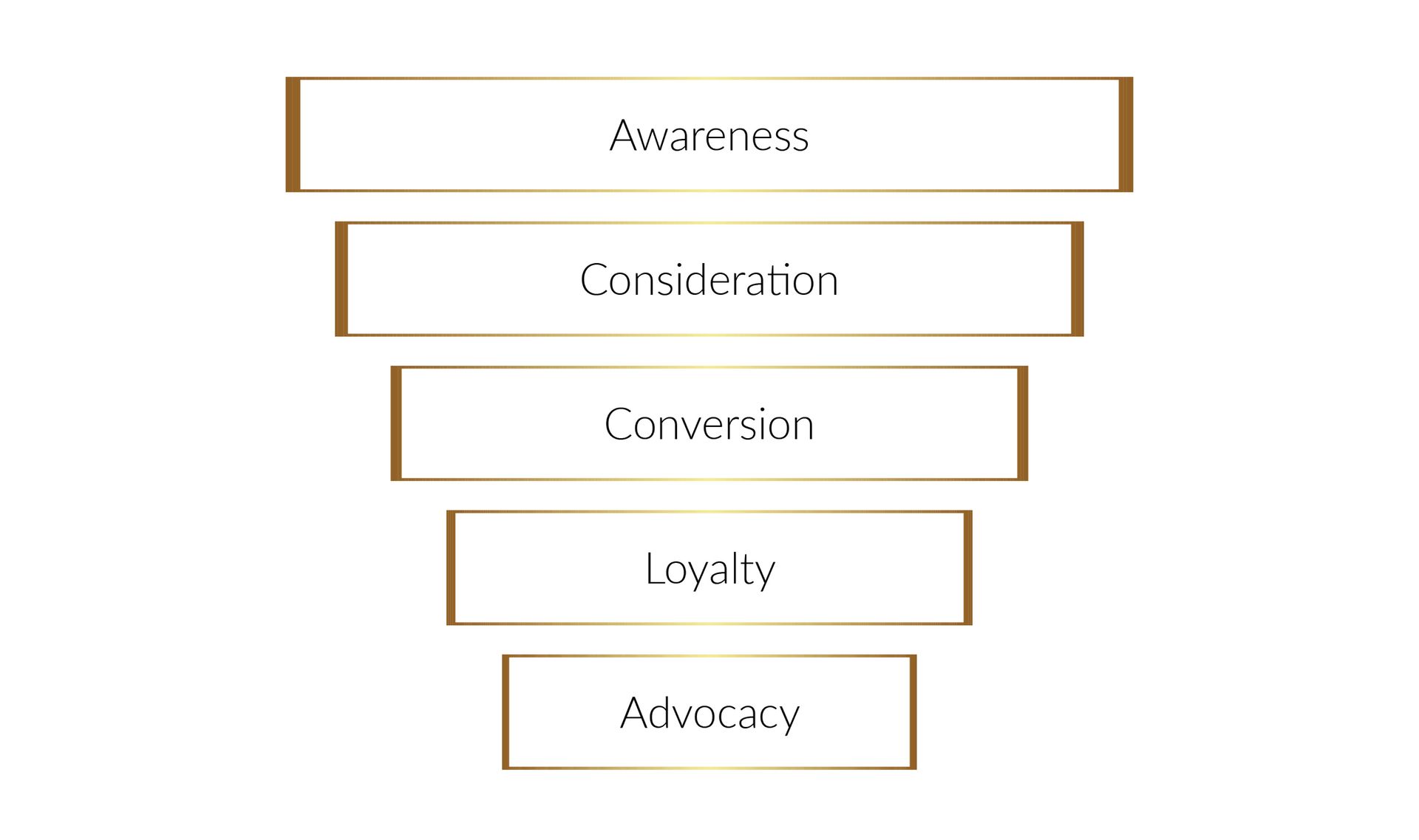Unleashing the Potential: A Deep Dive into Talent Management
Nurturing Talent for Organizational Success: Understanding and Implementing Effective Talent Management Strategies

Unleashing the Potential: A Deep Dive into Talent Management
Talent is the lifeblood of any organization, acting as the primary driver of innovation, productivity, and ultimately, success. However, harnessing the potential of talent necessitates strategic planning and execution, encompassed within the crucial business function known as talent management. This blog will dissect the concept of talent management and its core components, elucidating how a refined talent management strategy can propel your organization toward unprecedented heights.
Demystifying Talent Management
In its essence, talent management refers to the strategic process organizations employ to attract, nurture, and retain a high-performing workforce. It operates on the premise that top-tier talent is a key catalyst for boosting organizational performance and staying ahead of the competitive curve. By engaging in talent management, companies ensure that every phase of the employee lifecycle - from recruitment to retirement - is structured and efficient.
Decoding the Four Facets of Talent Management
To understand talent management more holistically, it's beneficial to examine its four fundamental facets: role management, competencies, goal tracking and alignment, and tools for employee engagement.
1. Role Management: A clear understanding of roles and responsibilities is the first step towards an engaged and productive workforce. Role management involves delineating job duties, aligning them with the organization's vision, and communicating expectations to each employee.
2. Competencies: This refers to the specific skills, behaviors, and knowledge required for success in a given role. By identifying and promoting these competencies, organizations can enhance their talent pool's performance and productivity.
3. Goal Tracking and Alignment: It's essential to align individual and team goals with broader organizational objectives. Regular goal tracking keeps employees focused and motivated, encouraging their contribution towards the company's success.
4. Employee Engagement Tools: High levels of employee engagement are synonymous with improved productivity and job satisfaction. Employing various tools, such as team-building activities, recognition programs, and wellness initiatives can foster a positive work environment and enhance employee retention.
Dissecting Talent Management in HR
Talent management in HR is the systematic process of attracting, hiring, and retaining employees who will contribute positively to the organization's goals. It requires HR professionals and supervisors to scrutinize candidates meticulously, determining who will best fill a position and contribute to the company's success.
Performance Management: A Critical Subset of Talent Management
Performance management, a pivotal subset of talent management, typically leverages three types of systems: The Balanced Scorecard, Management By Objectives, and Budget-driven Business Plans. Each system offers unique benefits, providing a structured framework to align business activities with organizational strategy, translating objectives into measurable tasks, and promoting accountability.
For a performance management system to be effective, it needs to foster alignment between individual, team, and organizational goals. The success of a system like a sales quota or a competency-based structure hinges on employees knowing their expectations and being motivated to achieve these standards.
The Three C's of Talent Management
Effective talent management leans heavily on the three C's: Compensation, Career Path, and Culture. These critical components can have a profound impact on employee satisfaction, performance, and retention.
1. Compensation: Competitive remuneration packages play a crucial role in attracting and retaining top-tier talent. In addition to base salary, organizations should consider benefits, bonuses, and recognition programs.
2. Career Path: Employees are more likely to stay committed to an organization that provides clear career progression opportunities and supports their professional development. This includes mentorship programs, on-the-job training, and regular performance feedback.
3. Culture: A positive organizational culture promotes job satisfaction, motivation, and employee engagement. This includes fostering an environment of respect, inclusivity, and open communication, along with promoting work-life balance.
By mastering talent management, organizations can build and sustain a high-performing workforce, propelling their business towards long-term success. It's a strategic investment in the company's most valuable asset: its people.
Talent Management, Human Resources, Organizational Success, Role Management, Performance Management, Employee Engagement, Compensation, Career Path, Culture.





